Saint Dominic of Guzman, the saint in love with Christ, lived his life dividing himself between preaching and prayer. A proud opponent of heresy, he received the Rosary from the Virgin Mary as a weapon of prayer and preaching.
Contents [hide]
As tender as a mother and as strong as a diamond. Thus Jean-Baptiste Henri Lacordaire, restorer of the Dominican order in France after the Revolution, one of the greatest exponents of nineteenth-century liberal Catholicism, defined St. Dominic of Guzman as the founding father of the Dominican friars.
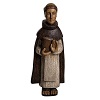
And this saint really must have been a singular man, endowed with great charm, brilliant and ardent with love and a spiritual vigour worthy of an apostle. He was always extended with the most tender love to his brothers, those Dominicans whom he wanted to found, to gather around him others who, like him, loved Christ and wanted above all else to live in his contemplation.
At the same time, however, he was a proud champion of the Word among heretics, whom he always tried to convert with debate and persuasion, at a time when resorting to violence and torture was a common custom.
But what moved Saint Dominic of Guzman was love and passion. Father Lacordaire will always say of the first Dominicans who were passionate souls, that “They loved God, they really loved him. They loved their neighbour more than themselves.” Armed with this love, with this enthusiasm, the white friars, with the colour of the garment of Saint Dominic, swarmed all over Europe, to preach the Truth.
Another fundamental trait of the Dominicans, and their founder, first of all, was the extraordinary devotion to Our Lady. The Virgin Mary in person appeared to St. Dominic, pointing to the Holy Rosary as the most effective weapon against the heresies of the Cathars and Albigensians. Still no violence, no prevarication, but the prayer most dear to the Mother of the Saviour, as an instrument of faith and conversion.

We know better this extraordinary saint and his unique and special connection with the Holy Rosary.
The history of the saint
San Domenico de Guzman was born in 1170 in Caleruega, in the mountains of Old Castile, Spain. Not much is known of his youth, except that he was educated in liberal arts and theology. From a very young age he showed great piety, so much so that, troubled by the misery to which wars and famines had condemned many people, he sold all his goods, even books and scrolls, to help the poor. He is said to be a very handsome young man, with long and elegant hands and a strong musical voice, and to inspire sympathy and serenity. This was the first stretch that conquered those who came into contact with him.
After his studies, he was ordained a priest and entered the regular canons of Osma Cathedral.
Soon he was noticed by his superiors and in 1203 the bishop of Osma, Diego de Acebes wanted him with him for a diplomatic mission of the utmost importance and delicacy in Denmark. Thus, among the Nordic Christians and the Cathar heretics of northern France, the young man discovered his vocation as a missionary. Together with his bishop and friend Diego, he went to Rome to ask the Pope for a license to dedicate himself to the evangelisation of the pagans of North Eastern Europe.
The Pontiff sensed the potential of this diligent and enthusiastic apostle of the Word of Christ and decided to use his preaching skills in the Languedoc, threatened by Cathar heresy.
Saint Dominic demonstrated a new approach to heresy. He tried to understand the reasons of the heretics and their thought and embraced in some ways their rigorous and austere lifestyle, which so much fed their popularity among the poorest classes, especially compared to the glories and excesses of some high Catholic prelates.
His apostolate was also distinguished by his method of preaching, based on public debates and personal conversations, passionate speeches and works of persuasion, to which he always added prayer and penance. Becoming an official preacher of the diocese of Toulouse, he began to cherish the possibility of gathering around him a group of young people equally enthusiastic and passionate, to carry on the preaching in a stable and organised way. Saint Dominic first gathered the women who had abandoned Catharism, forming a community of Dominicans dedicated to the contemplative life, but also “holy preaching”, as their prayers would soon be used to support and give strength to their fellow preachers.
Men also joined him, despite the austere and rigorous lifestyle that made it difficult to follow his ideals, and that was how the Order of Preachers originated. The Order, approved by Pope Innocent III in 1216, would be called the “Order of Friars Preachers”. The Order was based on: preaching, study, poverty, common life and missionary expeditions.
The Friars’ Preachers soon began to travel through Europe, preaching, but also participating in cultural and theological life, especially in large university cities, such as Paris and Bologna,
St. Dominic de Guzman died in Bologna on 6 August 1221, surrounded by the love of his brothers. He was canonised in 1234.
The delivery of the Rosary by the Virgin Mary
We have already mentioned the Marian devotion of Saint Dominic of Guzman and the apparition of the Virgin in which he would have been the protagonist. At that time the Saint lived in Toulouse, and he worked hard to find a way to fight the heresy of the Albigensians without having to resort to violence. Alano della Rupe, another Dominican who became famous for his particular devotion to the Rosary, tells us that during the preaching the Saint was kidnapped by pirates who took him on their ship. The same ship was overwhelmed by a storm, and it was then that the Virgin manifested herself to Domenico, pointing to the Holy Rosary as the only salvation from the shipwreck and death of all of them. The Saint told the pirates that warning, they accepted, and immediately the fury of the sea subsided. The pirates were the first members of the Brotherhood of the Rosary, the abode of the Virgin Mary on earth.
The moral of this story is clear. By Our Lady’s will, the Rosary was no longer just an instrument of personal salvation, but a weapon of community prayer. “If they receive this last Refuge of Mercy of my Rosary, they will not be swallowed up by the waters and by hell!” Thus Our Lady would have said to Saint Dominic, always according to Alano, and it is clear that this warning does not only concern the pirates, and does not refer only to the episode of the shipwreck. For the young Saint engaged in fighting the heresy Catara, it was evident from the outset that the way of the Rosary had been shown to him by the Virgin to fight the enemies of the Church and heretics with the strongest and most effective weapon possible.
It was following the mystical experience of Saint Dominic that the Rosary acquired the form that we still know and practice today, with the role of the central Virgin Mary and the circular movement that expresses the spiritual path of the faithful, its progressive movement towards God. With Saint Dominic and his Order of Friars Preachers, the Rosary becomes an instrument of personal and community meditation and prayer, but also a means of preaching.
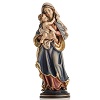
The origins of the Dominican order
The Order of Friars Preachers was born from the men gathered around St. Dominic by Guzman during his apostolate in Languedoc.
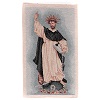
In 1216 the papacy signed the official and definitive approval to the foundation of the Order. After a difficult start, due to the hostility of the local clergy and mistrust of the newborn Order, Dominicans were welcomed and appreciated everywhere. Although they lived on alms, many received substantial donations from supporters and sympathizers.
In 1218 a papal bull decreed that all the prelates would assist the Dominican preachers.
In 1220 and 1221 in Bologna, the first two General Chapters were held during which the Magna Charta of the order was drawn up.
According to the latter, the Dominican friars had to base their path of life and faith on: preaching, study – which had to be practised day and night -, poverty, life in common, travel and missionary expeditions.
Even today Dominicans live their daily search for truth and intimacy with Jesus. The Rosary remains one of the greatest instruments of faith and meditative research, as well as love for the Virgin Mary.
The Dominican Movement of the Rosary, or Confraternity of the Holy Rosary, followed for centuries to welcome anyone who wants to know better and learn to practice this form of devotion. The Movement organises occasions for common prayer and encounter, pilgrimages to shrines and conferences aimed at reflecting on the mysteries of the Holy Rosary.

The Dominican’s Rosary Movement
The Dominican’s Rosary Movement shows both the desire for community devotion

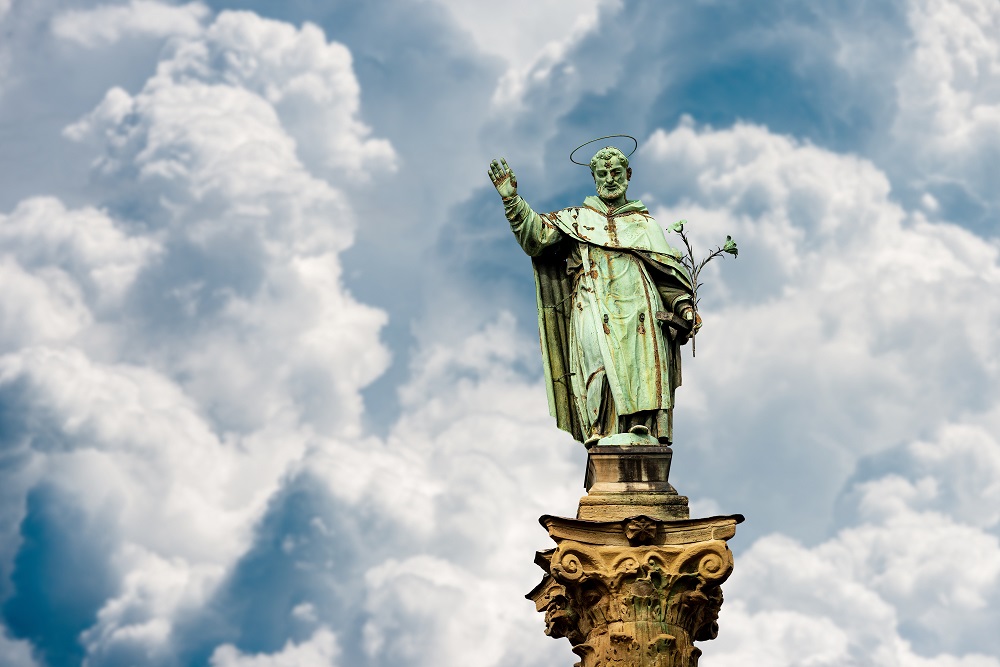

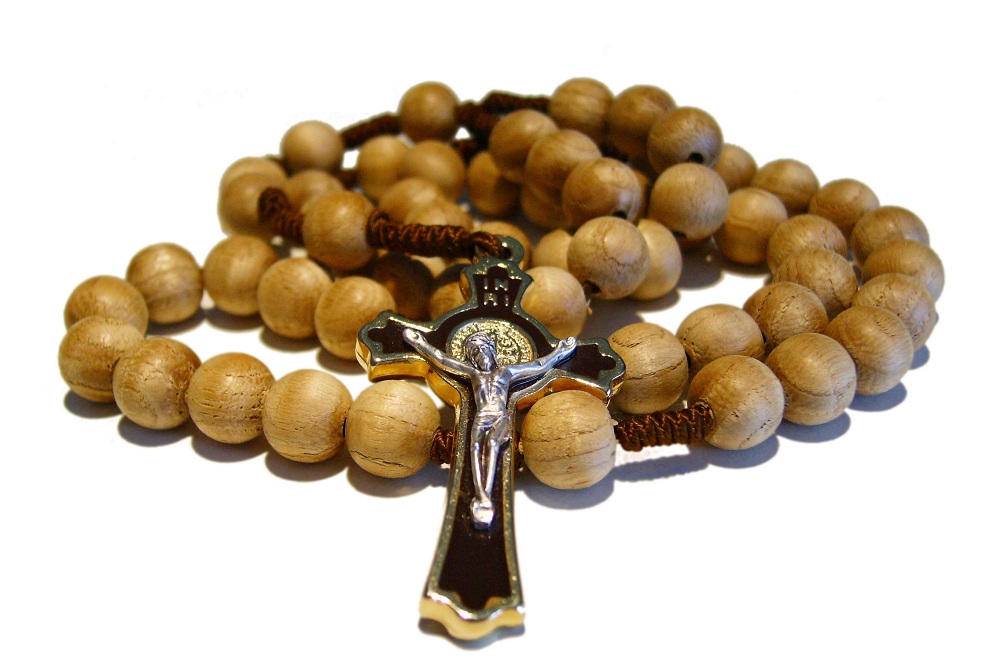

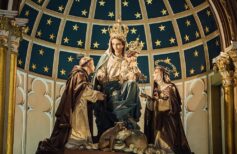

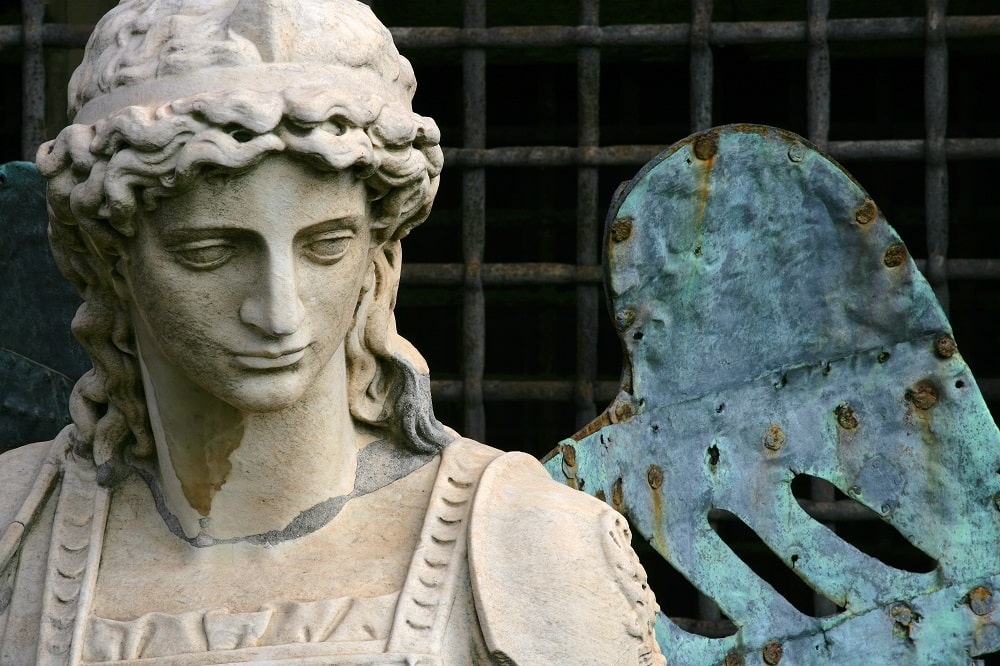

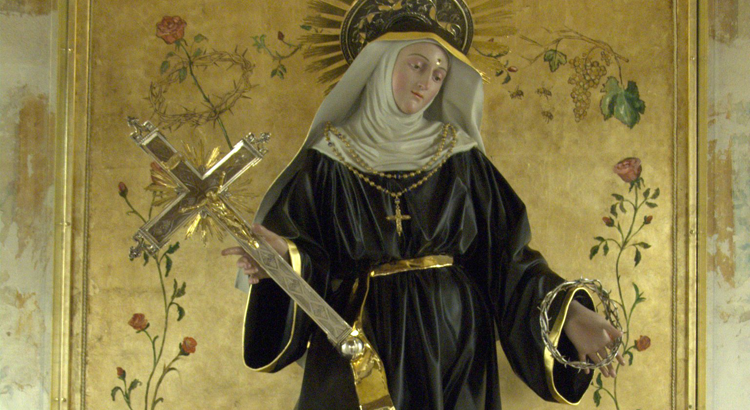
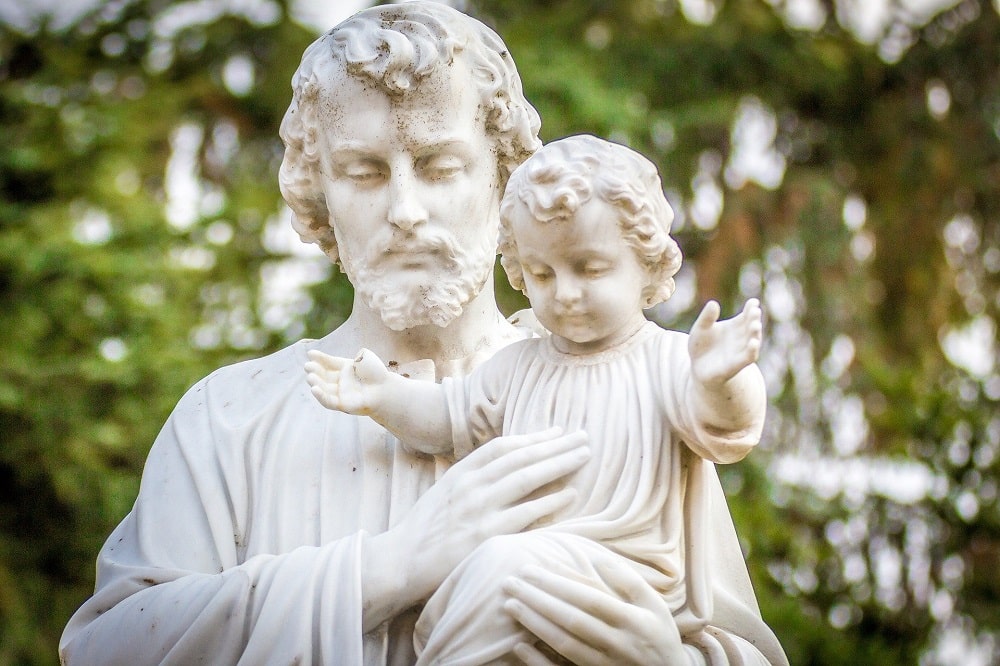








 19 March 2025
19 March 2025






